Winning The Deployment Battle – Wargaming 101!
August 26, 2023 by warzan
So, you’ve amassed an army, painted it to perfection, and even read the rulebook (twice!). You're all set to dive into your favourite wargame, be it Warhammer 40,000, Bolt Action, or anything in between. Yet, even with the strongest units and the most meticulous plans, your endeavours consistently end in disaster. What's going wrong?
If you've ever faced this, it might just be your deployment strategy that's letting you down. Don't fret; you're not alone. Sometimes learning where to position your miniatures can be key and even the best general can be let down by a lack of planning and preparation. So, let's dive into some essential deployment concepts that could potentially turn the tide of battle in your favour. Get your notebooks ready, general!
Know Thy Battlefield: Pre-Game Scouting
Before you even place a miniature, take a good, hard look at the battlefield. Terrain, objectives, and bottlenecks can all influence how you should deploy your forces. Look at the table as though you're an actual general looking over a topographical map. Where are the key locations? Where is the cover lacking? If your game has scenario-specific objectives, where are they located? Make mental notes, or even actual notes if that’s your jam.
Pay particular attention to where you can set up shop before the battle begins. If you can keep an eye out for places where your units can hide when the shooting starts that can be very handy. Good avenues of attack through terrain are also very important so if you can set up your troops in a place where they can get close to the enemy without getting picked off, that can also be very helpful!
Role Distribution: Every Unit Has a Purpose
Your army is made up of various units, each with specific roles. Some are better at holding ground, while others are designed to flank and disrupt the enemy. Don't randomly place units because they "fit" into a certain spot. Think about what you want each unit to achieve during the game and deploy them accordingly. Knights in shining armour won’t do much good hidden behind a hill, eh?
It sounds stupid to suggest it but your scouting units aren't going to do much good when placed out in the open ahead of your lines. The likelihood is that they're going to get taken out before they even get to act. Slotting specific units into the right location can really help. Going back to the knights that you've got on the flank. You want to make sure they have good open space to use their movement abilities but not at the expense of them taking forever to close with the enemy lines. You can't have your troops having to weave in and around forests all game just to get off one charge.
The Vanguard: Forward Elements And Aggressors
Some units are designed to be in the thick of it from turn one. These are your vanguard elements—fast units, or those with special abilities that allow them to close the distance quickly. Deploy these units in a position where they can immediately pressure the enemy or seize important objectives. But remember, being too aggressive can lead your vanguard to be isolated and destroyed, so balance is key.
This slots quite nicely into the previous idea we had concerning scouts. You might have some brutal front line killers but positioning them in a way that you're going to miss out on that early strike takes the lead out of your pencil.
The Anvil: Defenders And Objective Holders
While some units are racing ahead, you'll need others to hold the line. These are your anvils—units designed to take a beating and keep on ticking. They're perfect for guarding objectives or creating a defensive line that the enemy must break. Place these units in fortified positions, like behind cover or terrain features that offer bonuses to defence.
Any troops within your army with long range weapons are the way to go. Make sure you've got your artillery like catapults and such in a good position not blocked by line-of-sight blocking terrain and facing down their key targets. Having to take time moving weapons like this can lead to you spending turns not having your units doing their job. You need to make sure you defend troops like these though. A lot of armies across various wargames include infiltrating units and so you'll need to keep some units back to watch over them. If you know the kind of army your opponent is running then this can help a lot. This leads into...
Mind The Gaps: Anti-Flanking And Reserve Units
Flanking can quickly turn a game in your opponent’s favour. Always be mindful of your flanks and rear areas. Having a unit or two in reserve, positioned to react to enemy movements, can deter or deal with enemy flanking manoeuvres. These units act as your safety net, so don't overlook their deployment.
Adaptive Strategy: Flexibility In Deployment
You've got your initial plan, but wargames are ever-changing puzzles. Be ready to adapt your deployment as the game unfolds. Maybe your initial strategy doesn’t mesh with the unfolding situation, or perhaps the enemy has deployed in a way you didn't expect. Keep some units in a flexible position—ready to move to where they're most needed.
This is why, if the game you're playing allows you to deploy units in an alternating fashion between you and your opponent, you need to keep an eye on what they are deploying and why. Keep your elite units back and drop them into position when you see their intended target on the battlefield. It can be a bit of a waiting game trying to "out think" your enemy like this but if you can pull it off, it can make all the difference.
Synergy And Support: Stack Those Buffs!
Many units have abilities that can benefit others. This might be an aura ability that boosts nearby allies or special weapons that are more effective when used in conjunction. Keep these synergies in mind when deploying. Stack those buffs and abilities to create power nodes on the battlefield. This is where the magic happens, folks!
One of the biggest mistakes you can make is leaving characters away from your units. A lot of miniatures games will feature characters that can buff your units and if you end up leaving them in suboptimal positions, it can be a waste of resources. There have been many moments where heroes have deployed with their "best" unit but then they have been left completely out of position. It may have been better to place the character with the bulk of your army and leave that elite unit to see if it can fend for itself! A worthy sacrifice?
Power Projection: Zone Of Control
Every unit projects a "zone of control"—an area where they can exert influence, usually corresponding to their movement and attack ranges. Smart deployment means maximizing your zones of control to restrict the enemy’s options. Make it so that whatever move your opponent makes, they're stepping into the lion’s den.
This is most useful when it comes to rank and flank games. You want to make sure that a solid defensive unit sits in the middle of an important area of the battlefield to begin with. Either that, or a tempting target that seems easy to destroy. Slot this into the heart of your formation and then flank it with quick and brutal units. They can be used to pincer the enemy and take them out quickly. This could be a good way to target the previously mentioned vanguard units of your opponent. If they get dragged in by your cunning deployment, you open up options for doing to them what you've tried to avoid.
Hidden Information: Use Fog Of War To Your Advantage
Many wargames have mechanics for hidden units, ambushes, or reserves that enter mid-game. Use these rules to keep your opponent guessing. If they don't know where your units are, they have to prepare for multiple possibilities, diluting their overall strategy. A well-timed reveal can dramatically swing momentum in your favour.
You see this in a lot of historical games or perhaps games that have a distinct narrative element to them. It could be fascinating to try out a different style of wargame where you have panels placed in front of each army as they deploy. This way, you have to really think about where you position your units and try and bluff your opponent. Some of the ideas that we've talked about here will still have use and doubly so in some cases. In this fashion, you really well have to watch over the terrain that sits before you because it could help you out in a sticky situation!
Mind Games And Bluffing: The Psychological Edge
Lastly, but certainly not least, is the psychological aspect. Your deployment can serve as a bluff. Maybe place a strong unit in a position where it seems like you're going to make a major push, drawing attention and resources, then strike where the enemy least expects it. Wargaming is not just a battle of miniatures; it’s also a battle of wits.
This element to your deployment can be tied into all manner of other decisions you've made using these ideas here. It's also well worth remembering that sometimes there are special rules tied to units that your opponent won't know. This could be that you've got an assassin in a unit but you don't reveal which. Use this as a cunning trap to get you into a position to overwhelm your opponent.
There you have it, the low-down on how to up your deployment game. Each of these concepts could be a game-changer when applied correctly. Remember, in the grand theatre of tabletop warfare, the game begins not with the first roll of dice, but with the first placement of a unit. So go forth, apply these concepts, and may your future battles be glorious!
Now, we turn it over to you. Are there some specific rules that you use with deployment during your games? Do you think these ideas are handy and can be deployed to any wargame?
Drop your thoughts below!
"Get your notebooks ready, general!"
Supported by (Turn Off)
Supported by (Turn Off)
"Wargaming is not just a battle of miniatures; it’s also a battle of wits..."
Supported by (Turn Off)































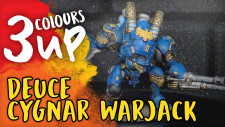
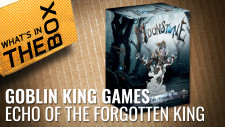



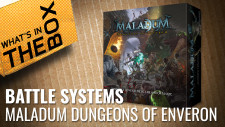




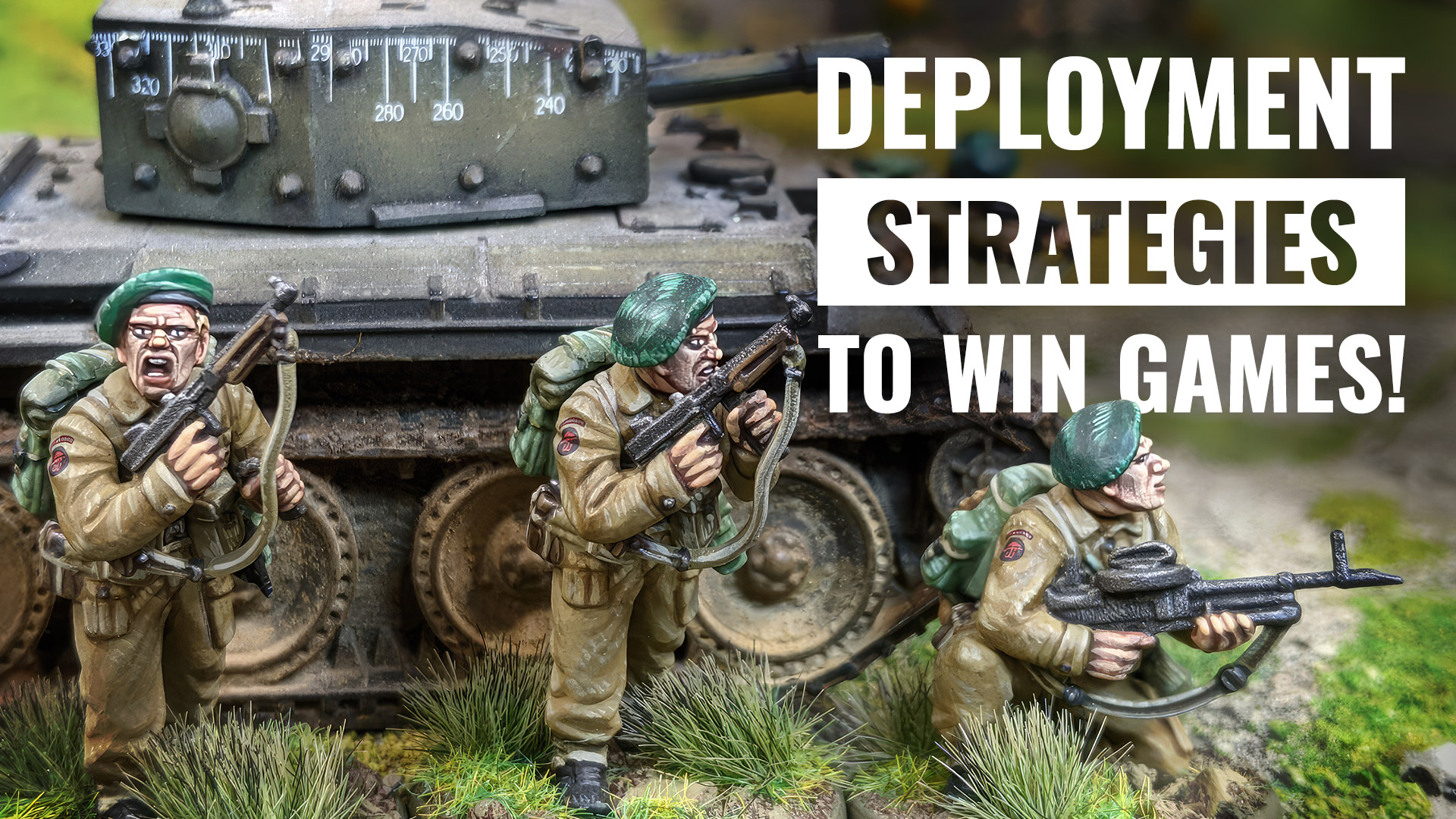
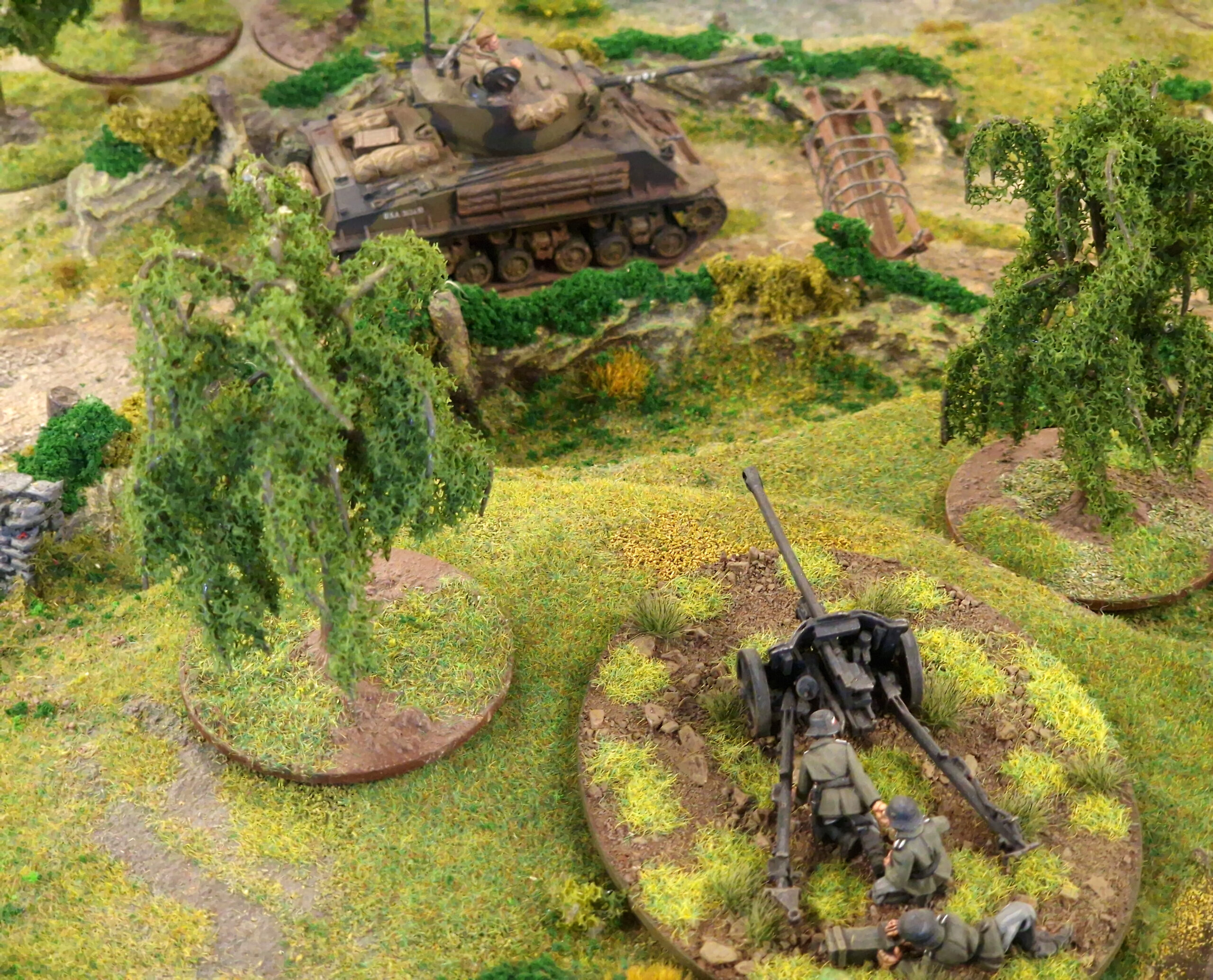
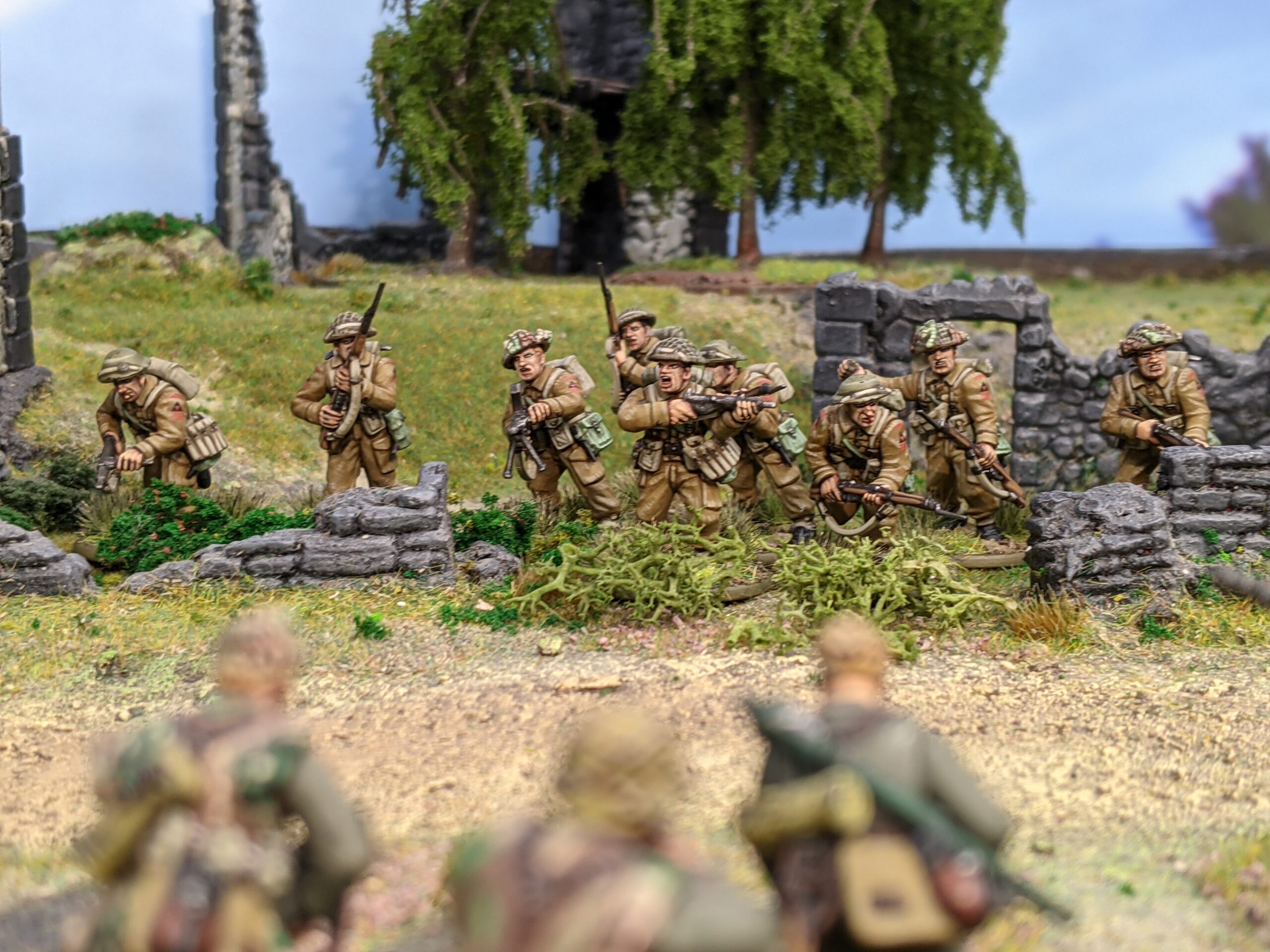
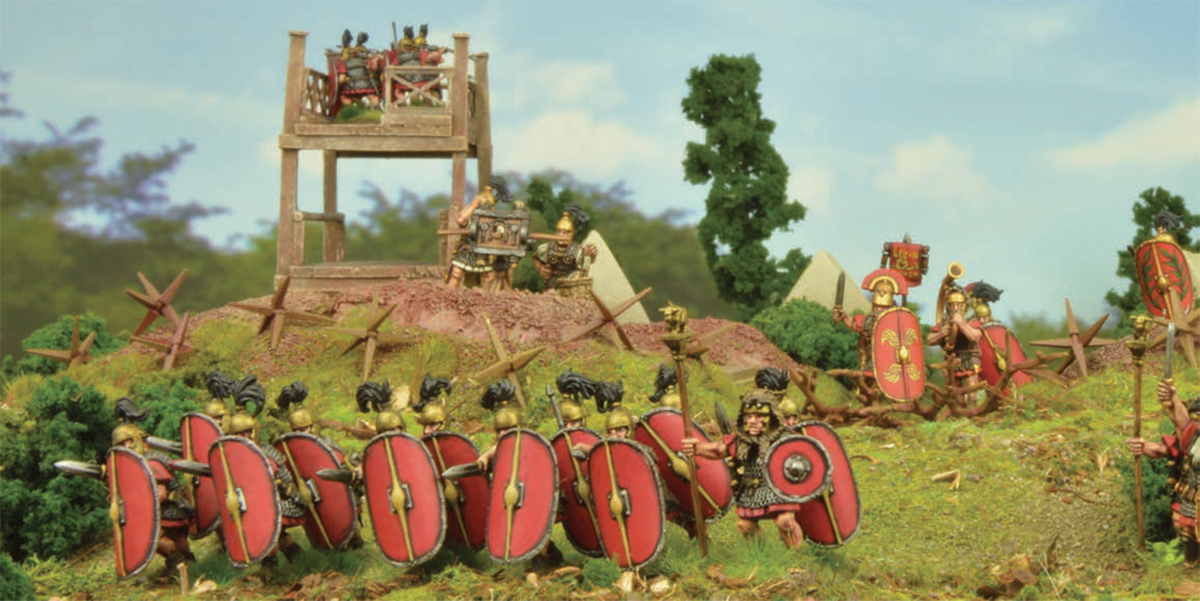
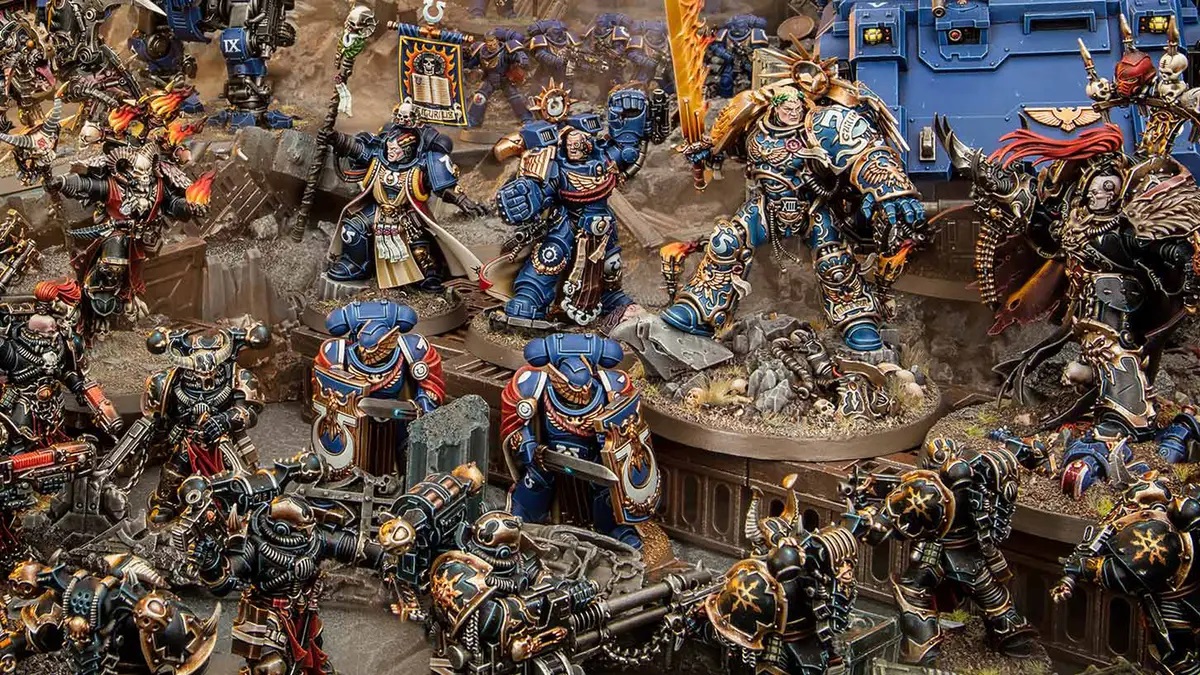

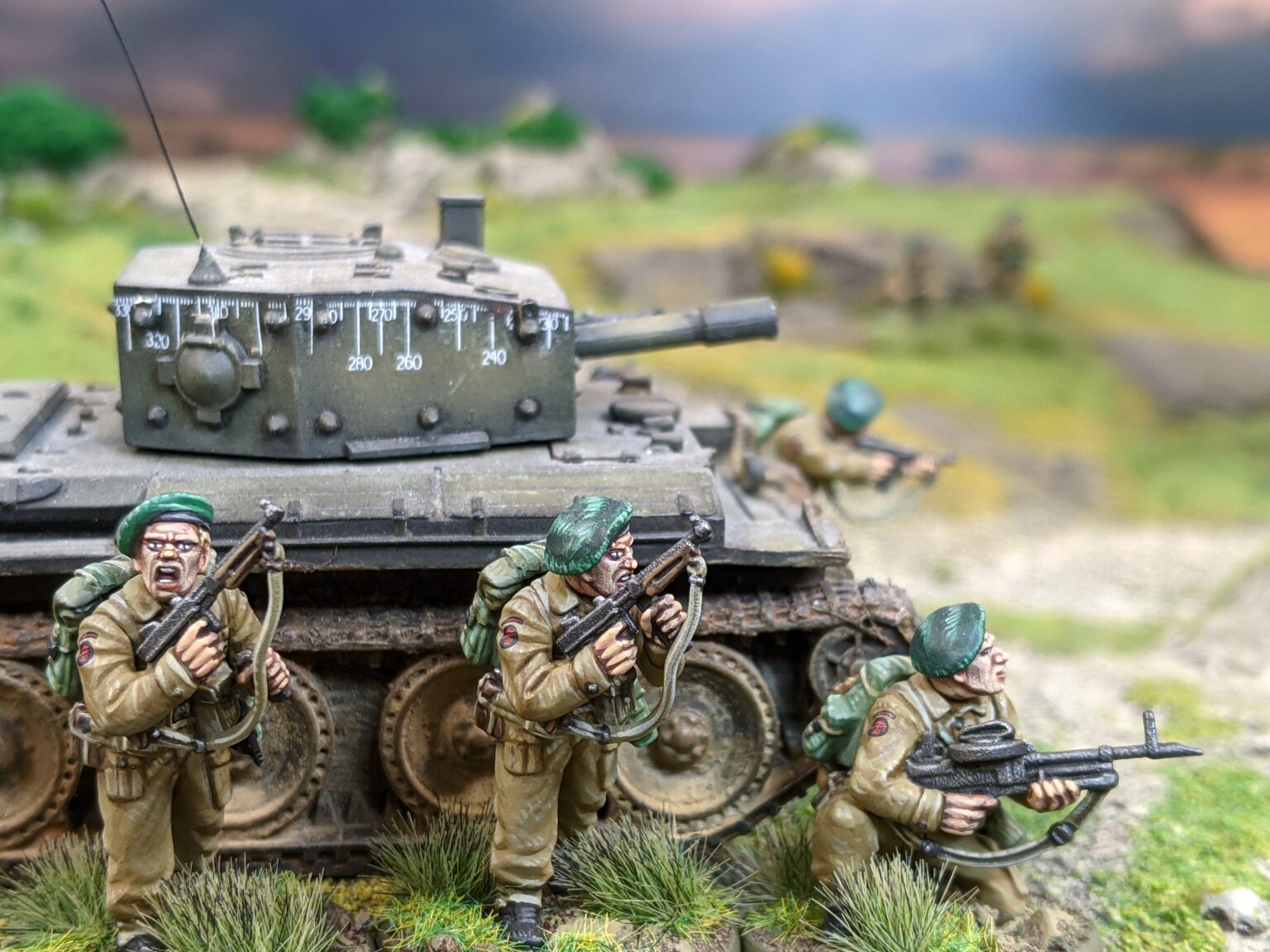
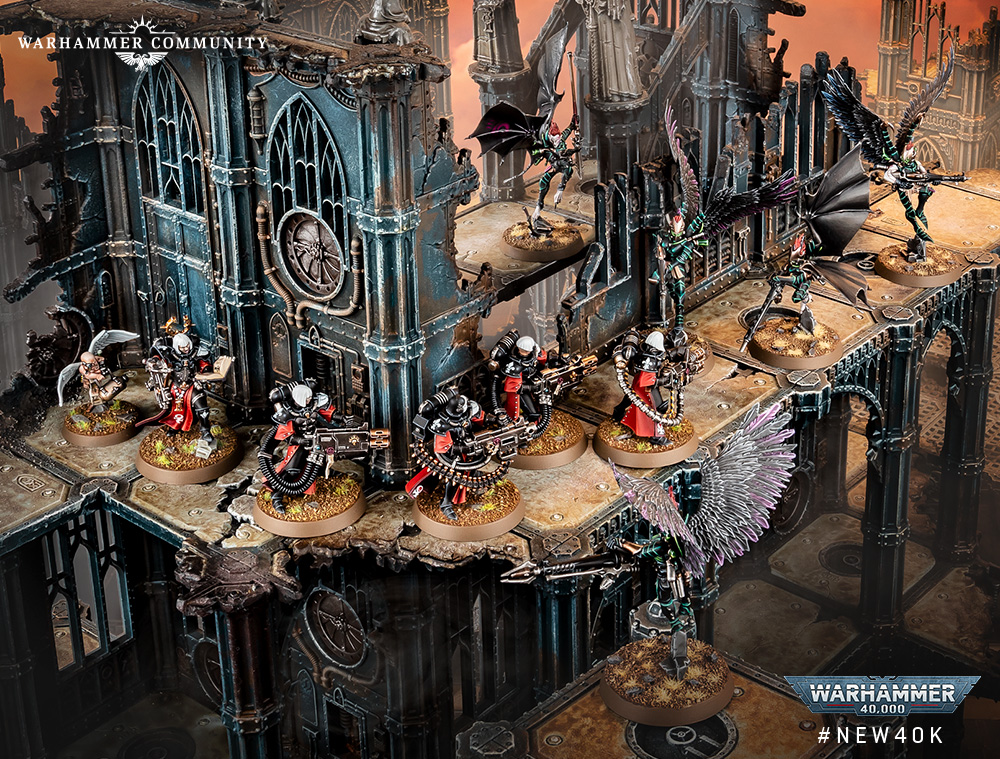


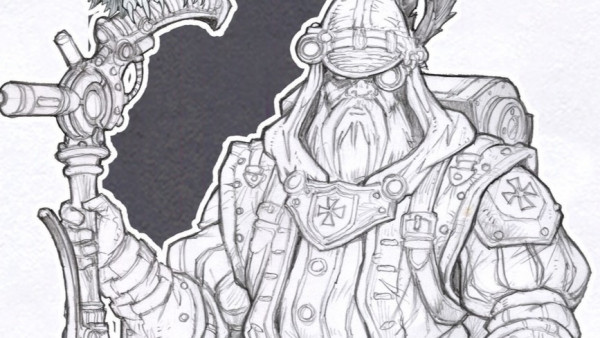
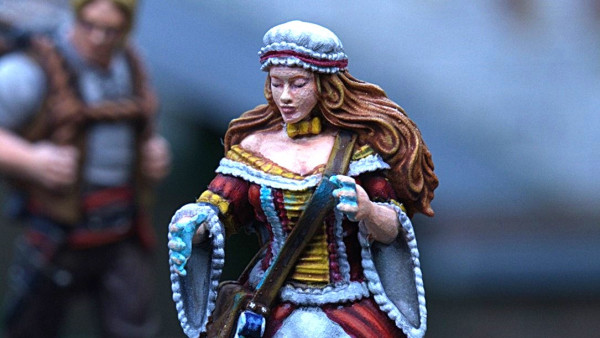


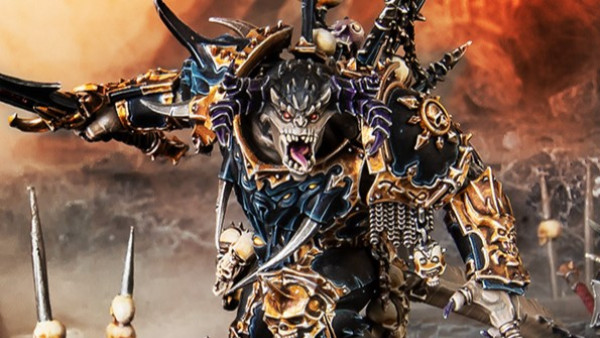
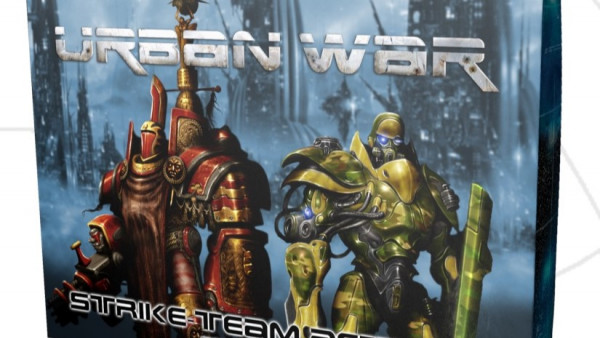
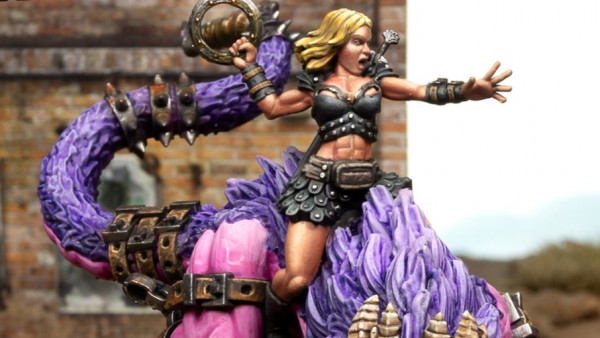
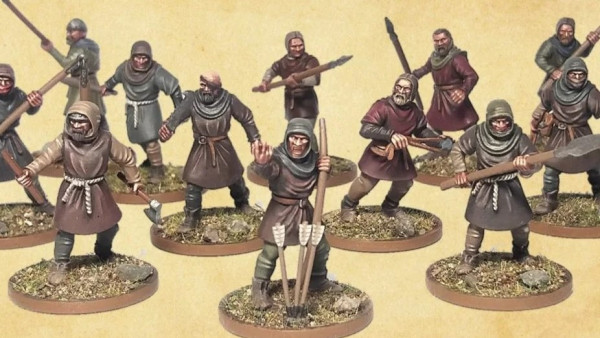






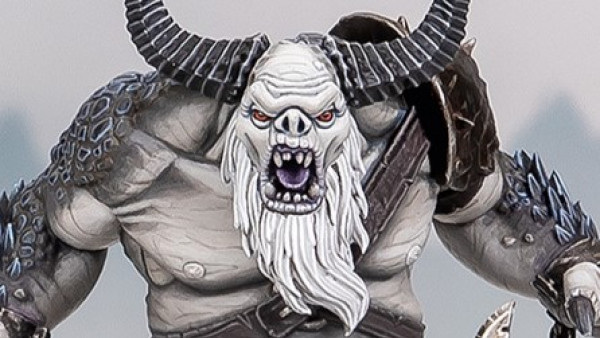
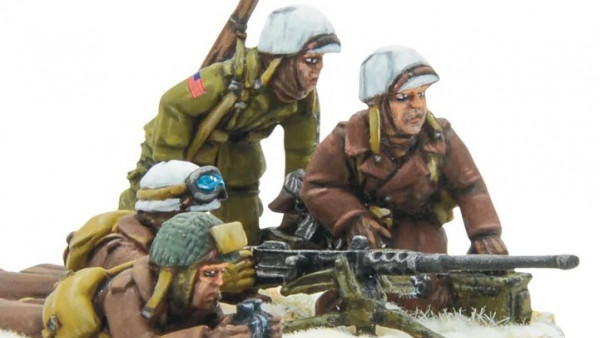



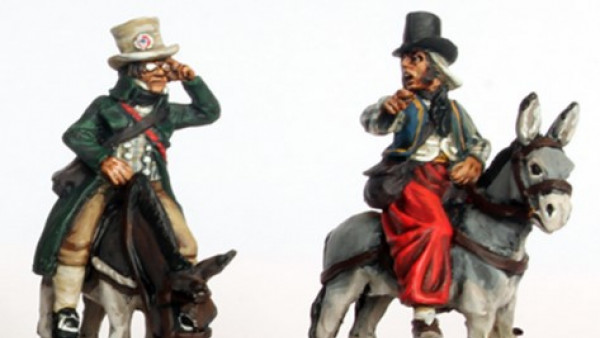
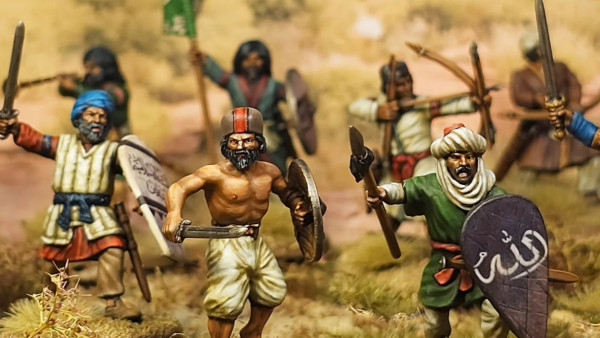


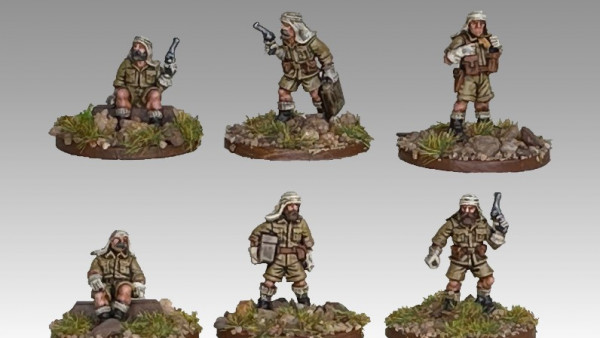



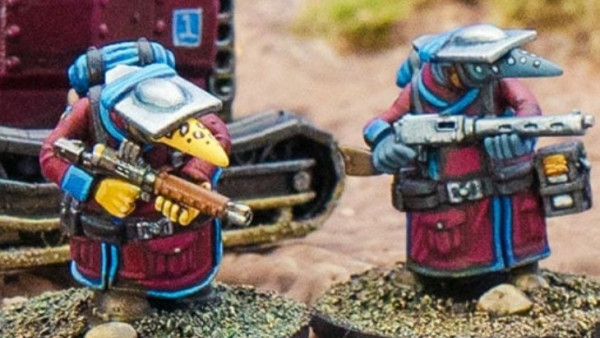
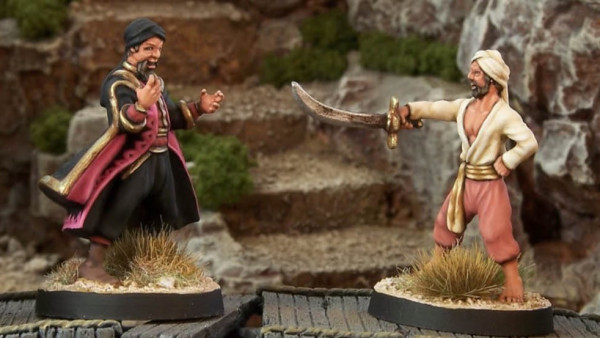



I deffo screw myself over in deployment sometimes. Played so many Warhammer Fantasy games where I screw up deployment and my characters are all over the place.
That’s a really good 101 on deployment – and it something one should be thinking about even when building an army at the list building stage!
Good point, perhaps we can dive into list building strategies in a future article
This needs to happen. So much is won and lost in list building. Have a friend who is brilliant and has only lost once in 15 years of our serious games (loses just as much as everyone in our casual games). I had to work so hard for the sole win against him building a bizarre army list against his powerlist, finding every weakness in his list. Then I composed an army of 3 squads each designed to exploit one weakness. He got stumped by having to consider all of the weaknesses at once on multiple fronts.
Good idea – will have to tinker with that!
also an important consideration is the objectives. if only certain units can carry them out…make sure you assign units and place them accordingly..both on the map and when. in a recent game of Star Wars legion, opponent placed units and near the end…was told if you deploy that unit…then you will need to have a leader unit try to carry out the objective some it was the only type left… this was mentioned and opponent was allowed to redeploy in the spirit of the game…if it was a competition, it would most likely have been a load. Turn 0 is… Read more »
additional….always play the objectives. don’t get carried away trying to eliminate units if it doesn’t lead to a victory.
For sure! I just played a couple of games over the weekend and if I’d not focused on the objectives I would have lost significantly. You can get too carried away diving headlong into the fighting and forget about the ways you’re trying to win!
Sage advice indeed. There are some games that manage the initial deployment and engagement positions as part of the setup moves. Many of the Lardie systems have this, certainly Infamy, Infamy! and Chain of Command with the Patrol Phase. I like these as it allows players to be a bit less staged with their initial setup and also respond to what the enemy appears to be doing.